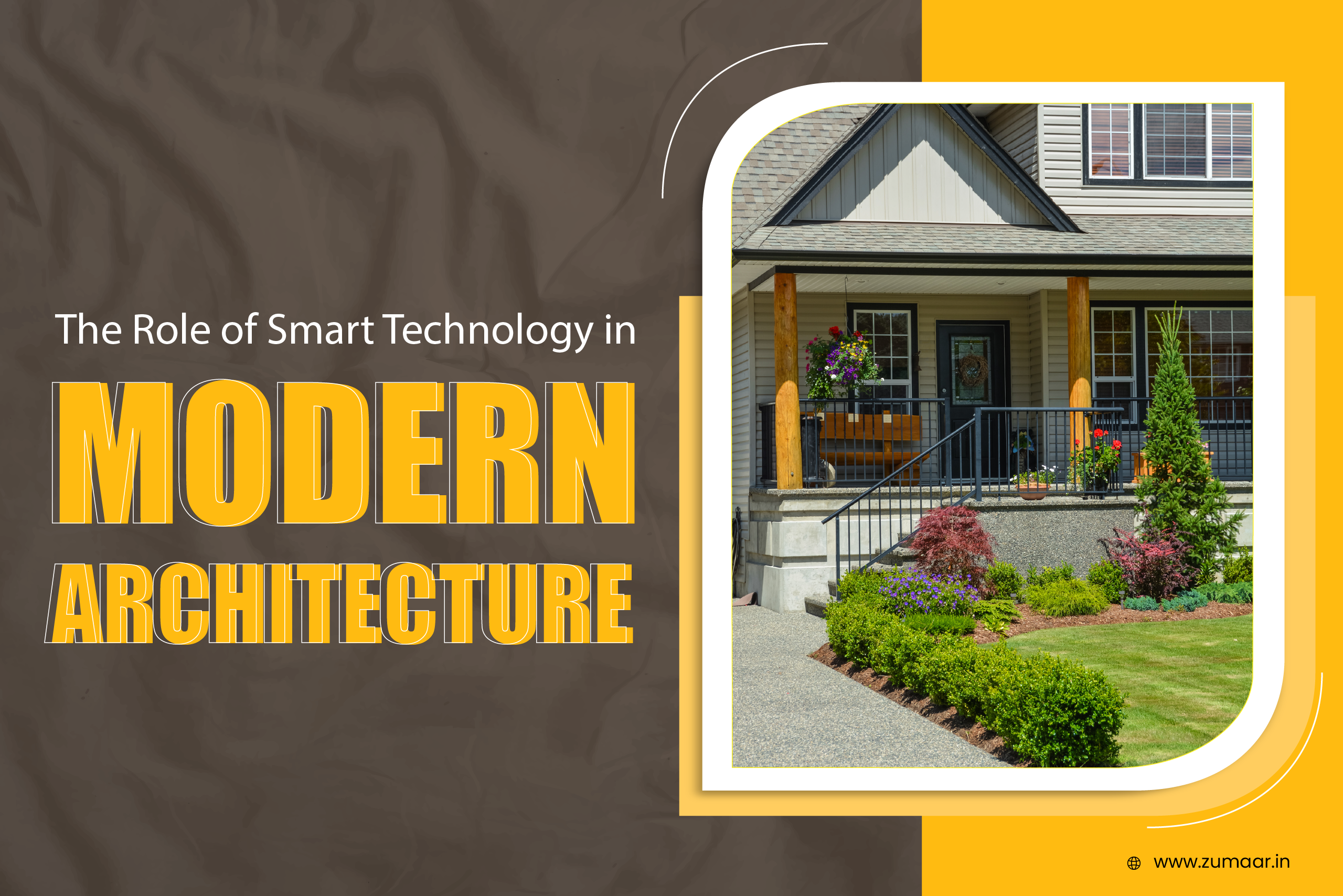
The Role of Smart Technology in Modern Architecture
In the world of modern architecture, technology is no longer just an accessory—it’s a driving force. From smart building systems to energy-efficient buildings, innovations are redefining how we live, work, and interact with our spaces. Whether it’s a futuristic office or a cozy home, smart tech is making architecture more dynamic, sustainable, and user-friendly.
Smart Building Systems: Redefining Functionality
At the core of modern architecture lies the integration of smart building systems. These are automated technologies designed to enhance convenience, efficiency, and sustainability.
Imagine:
- Lighting that adjusts based on natural light levels.
- Security systems that learn your schedule and respond to unusual activity.
- Heating and cooling systems that adapt to your preferences.
These systems not only improve the user experience but also significantly reduce energy consumption, aligning perfectly with the principles of energy-efficient buildings.
Urban Architecture Innovation: Changing the Cityscape
Cities are evolving rapidly, and urban architecture innovation is playing a pivotal role in shaping them. Architects and planners are leveraging technology to create smarter, more sustainable urban environments.
Key trends include:
- Vertical gardens on skyscrapers to improve air quality.
- Smart grids for better energy distribution.
- Interactive facades that can display information or change appearance based on weather conditions.
These innovations are not just functional but also aesthetically pleasing, blending structural design principles with cutting-edge tech.
Energy-Efficient Buildings: Sustainability at the Core
One of the most significant impacts of smart technology is its contribution to energy-efficient buildings. With climate change being a pressing issue, energy efficiency is no longer optional—it’s essential.
Smart tech achieves this by:
- Using sensors to optimize energy use in real-time.
- Employing smart appliances that consume less power.
- Incorporating renewable energy sources like solar panels seamlessly into the building’s design.
These features not only reduce environmental impact but also cut down on utility costs, making them a win-win for occupants and the planet.
Structural Design Principles in the Smart Era
While technology is transforming architecture, it still needs to align with fundamental structural design principles. A building must be safe, functional, and aesthetically pleasing. Smart technology complements these principles by:
- Ensuring structural integrity through real-time monitoring systems.
- Enhancing functionality with adaptable spaces, such as rooms that can expand or contract based on need.
- Boosting aesthetics with features like customizable lighting and facades.
The fusion of traditional design principles with smart tech creates buildings that are not only intelligent but also timeless.
Real-Life Examples of Smart Architecture
Let’s look at a few projects where smart tech has made a remarkable impact:
- The Edge (Amsterdam): Dubbed the world’s smartest building, it uses advanced smart building systems to manage everything from lighting to coffee machines.
- Bosco Verticale (Milan): A perfect example of urban architecture innovation, this skyscraper integrates greenery into its design, improving air quality and offering stunning views.
- Pixel Building (Melbourne): An energy-positive building that uses energy-efficient building principles to produce more power than it consumes.
These examples showcase how technology and creativity can work hand-in-hand to revolutionize architecture.
Challenges and Opportunities
While the benefits of smart technology in architecture are undeniable, there are challenges to address:
- Cost: Implementing smart building systems can be expensive initially.
- Data Privacy: As buildings get smarter, they collect more data, raising concerns about privacy and security.
- Adaptability: Ensuring that older buildings can integrate with new technologies requires innovative solutions.
Despite these challenges, the opportunities are immense. With continuous advancements in urban architecture innovation and technology, the future of architecture looks brighter than ever.
Looking Ahead: The Future of Smart Architecture
The integration of smart building systems, energy-efficient buildings, and innovative structural design principles is just the beginning. As technology continues to evolve, we can expect:
- Buildings that communicate with each other for optimized urban living.
- Enhanced AI systems for predictive maintenance.
- Increased use of robotics in construction and design.
The possibilities are endless, and the role of smart technology in architecture will only grow stronger.
Final Thoughts
Smart technology is not just transforming how we design buildings; it’s changing how we live in them. By embracing urban architecture innovation and focusing on energy-efficient buildings, architects are creating spaces that are smarter, greener, and more in tune with our needs.
So, whether you’re designing your dream home or planning a cutting-edge office, don’t forget to think smart—it’s the way of the future!
